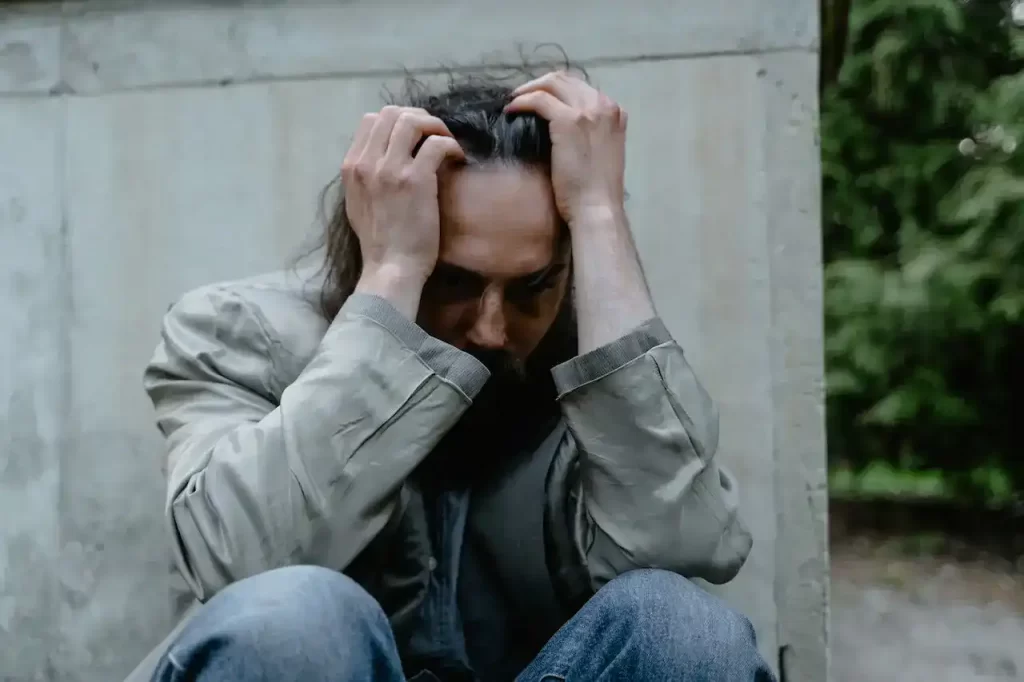Hey there! Let’s talk about something that most of us can relate to: taking a shower. But not just any shower, a cold one. Now, I know what you’re thinking, “Why would anyone want to torture themselves like that?” Well, believe it or not, there are actually some benefits to taking cold showers. But before we dive into those, let’s talk about the pain and pleasure aspect of it.
Have you ever heard of Richard Solomon’s opponent process theory? It’s a psychological theory that suggests that our emotions come in pairs, and that when we experience one emotion, it triggers the opposite emotion as well. For example, if we feel pleasure, we will eventually experience pain as a result. This theory can be applied to taking cold showers.
When we first step into a cold shower, it can be extremely uncomfortable and even painful. But as we stay in the cold water, our bodies begin to adjust and we eventually start to feel a sense of pleasure and invigoration. This is because the cold water triggers a release of endorphins, which are natural painkillers.
So, why would anyone subject themselves to such discomfort? Well, there are actually quite a few benefits to taking cold showers. For one, it can help to improve circulation and boost our immune system. It can also help to reduce inflammation and soreness in the muscles after a workout. And let’s not forget about the fact that it can help to wake us up and improve our mental clarity for the day ahead.
Of course, taking cold showers isn’t for everyone. Some people simply can’t stand the feeling of the cold water, and that’s totally fine. But for those who are willing to give it a try, it may just be worth the initial discomfort for the long-term benefits.
So, the next time you’re in the shower, consider turning the temperature down a notch and see how it makes you feel. Who knows, you might just become a cold shower convert.
The Opponent Process Theory

So, what exactly is the Opponent Process Theory? Well, it’s a psychological theory proposed by Richard Solomon back in the 1970s, and it basically suggests that we experience emotions in pairs of opposites. For example, pleasure and pain, fear and relief, love and hate. According to Solomon, these opposites are connected in our brains in a way that one feeling triggers the other.
So, how does this relate to pain and pleasure specifically? Well, Solomon believed that pain and pleasure are actually co-located in the brain, which means that they share the same neural pathways. This might seem a bit confusing at first, but the basic idea is that when we experience pleasure, it triggers a “B process” in our brain, which is the opposite of the “A process” that causes pain.
Let’s break this down a bit further. The A process is the initial feeling we experience when we encounter something new or stimulating. So, for example, if we drink alcohol for the first time, we might feel a rush of pleasure and euphoria as our brain releases dopamine. But then, the B process kicks in, which is the opposite feeling. In the case of alcohol, this might be the feeling of nausea or headache that we experience as our body tries to get rid of the alcohol.
Of course, not all experiences are quite so extreme. But the same basic principle applies. For example, many people find that they enjoy watching adult sites or engaging in other forms of sexual activity, but afterwards they might feel a sense of guilt or shame. This is the B process kicking in, and it’s a natural response to any kind of pleasure.
So, why do some people enjoy taking cold showers, even though it can be painful? Well, the answer lies in the opponent process theory. When we expose ourselves to cold water, our body goes into survival mode and releases adrenaline, which can feel quite invigorating. This is the A process. But then, as the cold water continues to hit our skin, the B process kicks in and we start to feel a sense of relief and relaxation. It’s the same principle as jumping into a cold pool on a hot day – it might be uncomfortable at first, but then it feels refreshing and energizing.
The opponent process theory offers a fascinating insight into the way we experience emotions. By understanding how pain and pleasure are connected in our brains, we can begin to understand why we enjoy certain experiences even though they might be painful or uncomfortable. Whether you’re a fan of cold showers, alcohol, or adult sites, the opponent process theory can help shed some light on the complex interplay of emotions that make us human.
Pain and Reward
The opponent process theory not only applies to pleasure, but also to pain. Let’s take a closer look at how this theory can help us understand the complex relationship between pain and reward.
According to the theory, experiencing pain triggers the A process in the brain, which is the initial feeling of discomfort. However, as the A process subsides, the B process is activated, which is the brain’s attempt to restore balance and alleviate the pain. This is why we often experience a feeling of relief after experiencing pain.
Interestingly, repeated exposure to pain can strengthen the B process, making it stronger and longer lasting. For example, people who regularly engage in high-intensity exercise may experience pain during their workouts, but eventually they may start to experience a sense of pleasure from the release of endorphins that occurs after the workout. This is because the B process has become more powerful over time, and the brain now associates the pain with the eventual pleasure that comes after it.
This phenomenon also applies to other forms of pain, such as emotional pain. People who have experienced traumatic events may initially feel intense pain, but over time their brains may adjust to the pain and the B process may become stronger, leading to a sense of emotional resilience.
However, it’s important to note that the set point of happiness can also be changed with regular exposure to pain. If someone experiences pain frequently, their B process may become so strong that it overshadows their ability to experience pleasure. This can lead to a lowered set point of happiness and an overall decreased quality of life.
The opponent process theory can help us understand how pain and reward are interconnected in the brain. By understanding this relationship, we can take steps to manage our pain and increase our ability to experience pleasure.
You Can Change Your Habits
So, now that we’ve covered the science behind pain and pleasure, let’s talk about how you can use this knowledge to improve your life. One of the key takeaways from the opponent process theory is that we should aim to pursue indirect pleasure rather than direct pleasure. This means seeking activities that may be initially uncomfortable or challenging, but ultimately lead to greater long-term satisfaction.
The A and B processes are directly opposite, meaning that as the B process for a particular behavior becomes stronger, the A process for that behavior weakens. So, if you’re trying to break a bad habit or develop a new one, focusing on the benefits that come from the behavior in the long run (the B process) can help override the immediate discomfort or unpleasantness (the A process).
For example, let’s say you want to start exercising regularly, but you hate working out. The A process (pain) associated with going to the gym may be strong initially, but if you focus on the benefits of exercise (B process) such as improved health and increased energy, you can start to associate more pleasure with working out over time.
You can apply this concept to other areas of your life as well. If you want to develop a new skill, such as learning a new language, focus on the joy of being able to communicate with others in their language (B process) rather than the struggle of learning new grammar rules (A process).
The opponent process theory provides valuable insights into the complex interplay between pain and pleasure in our lives. By understanding the role of the A and B processes, and focusing on indirect pleasure, we can break bad habits and develop new ones that ultimately lead to greater happiness and satisfaction. So, what are you waiting for? Start chasing that indirect pleasure today!
Conclusion
In conclusion, we’ve explored the opponent process theory and how it relates to pain and pleasure. We’ve discussed how pain and pleasure are co-located in the brain, and how the A and B processes are directly opposite. We’ve seen examples of how repeated exposure to pain can strengthen the B process and change the set point of happiness.
Furthermore, we’ve discussed how the concept of the opponent process theory can be applied to improve various aspects of our lives. By chasing indirect pleasure instead of direct pleasure, we can incorporate pain and effort into our lives and level up our happiness and “badass score”.
It’s important to remember that changing our habits and incorporating more pain and effort into our lives is not easy, but it’s worth it. By doing so, we can experience more pleasure in the long run and achieve our goals.
So, whether it’s taking cold showers, working out consistently, or pursuing a challenging career, let’s not be afraid to embrace the pain and effort that come with it. Let’s chase indirect pleasure and level up our happiness and “badass score”.





